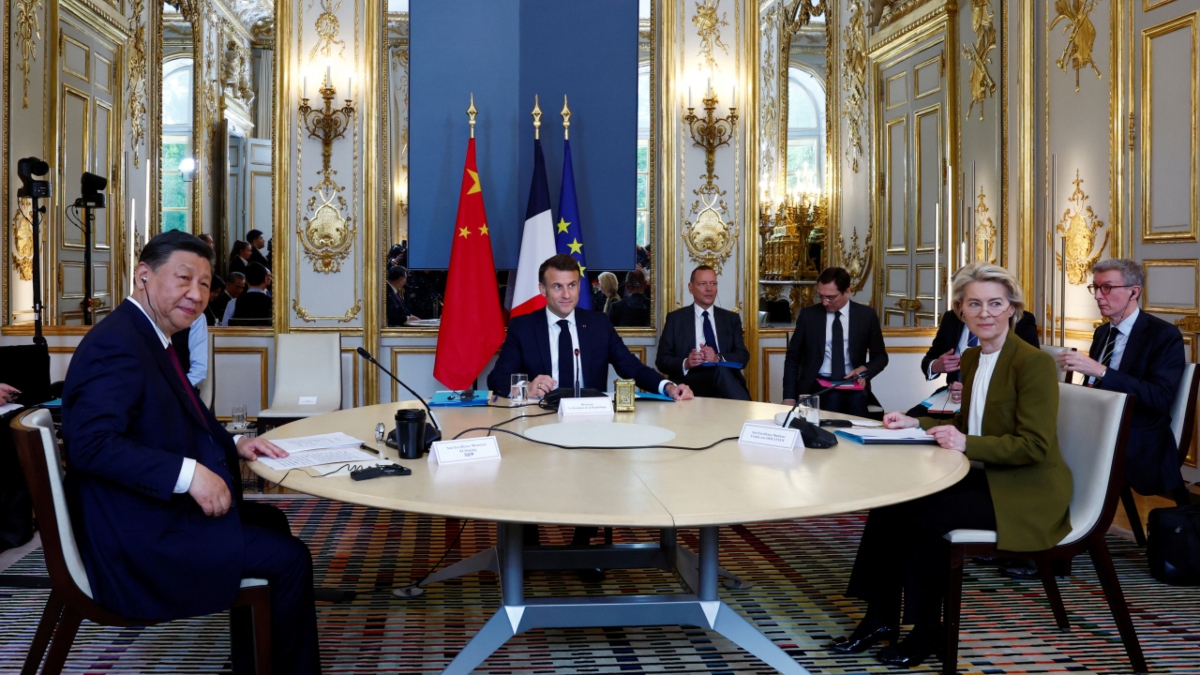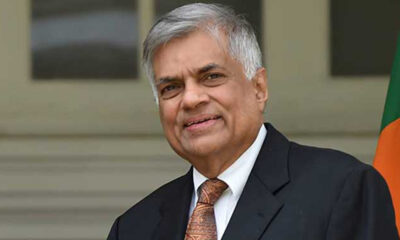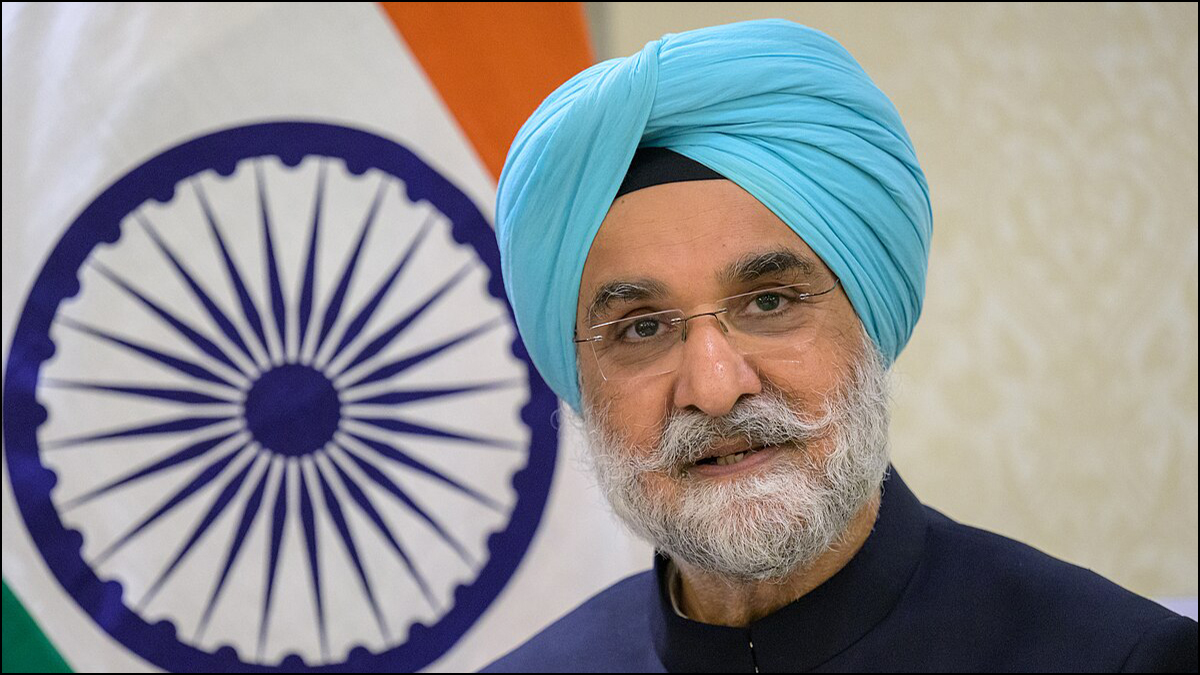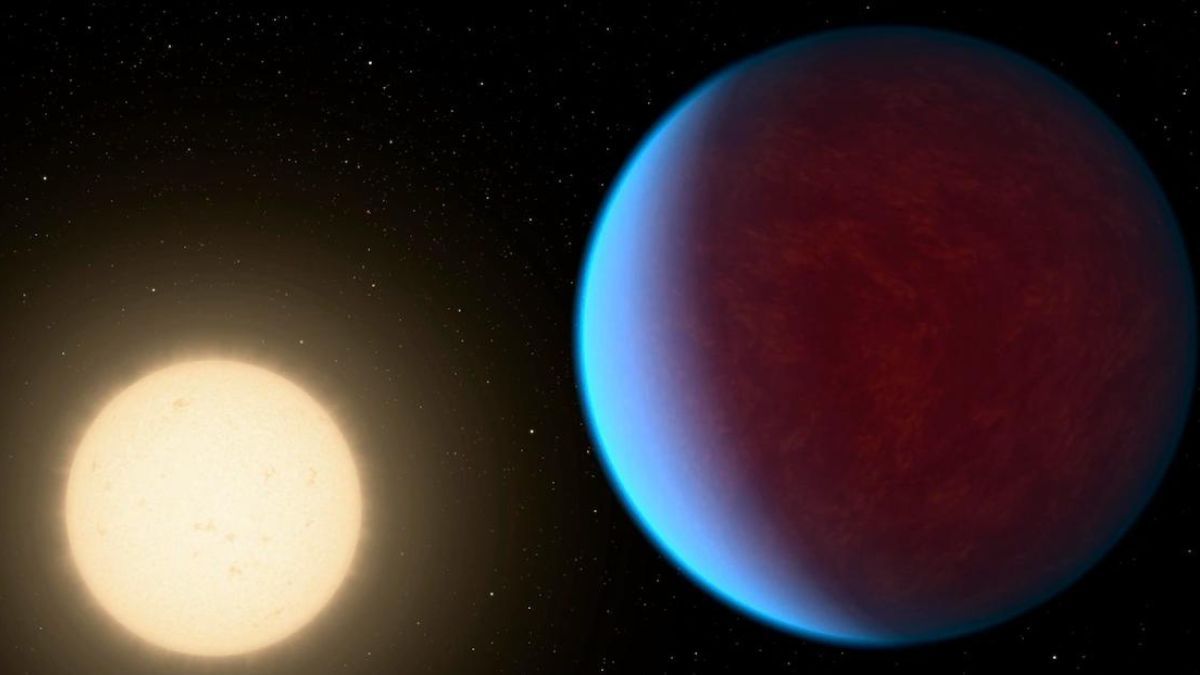A least eight people have been killed and about 60 injured after a giant billboard collapsed during a sudden storm in the Indian city of Mumbai, authorities said.
The billboard, measuring 70m by 50m according to the police, fell onto houses and a petrol station in the city’s financial district on Monday.
About 20 to 30 people are still feared to be trapped with a rescue operation under way, emergency services said.
The billboard fell after a rain and dust storm hit the city of Mumbai, ripping up trees and causing travel chaos and power outages.
Footage on local news channels shows the huge billboard swaying in the wind before giving way and crashing into the buildings near a busy road in the city’s eastern suburb of Ghatkopar.
Video posted on social media appears to show the immediate aftermath at the petrol station, with vehicles crushed under the fallen advertisement hoarding.
In photos from the scene, emergency teams can be seen working through the wreckage. dramatic video footage also shows rescue workers pulling out a victim from under the fallen billboard and using power tools to cut the metal.
In a statement posted on X, formerly known as Twitter, the Brihanmumbai Municipal Corporation said “speedy winds” caused the collapse and that several agencies including police, fire and national disaster response teams were involved in the rescue operation.
Devendra Fadnavis, the deputy chief minister of Maharashtra state, said a “high-level inquiry has been ordered into the incident.”
She adde that the state government would provide financial assistance of 500,000 rupees (£4,767) to the families of those killed and wounded in the incident.
Flights were temporarily suspended at the city’s international airport during the storm with at least 15 planes diverted, local media report.
Mumbai is one of several cities in India prone to severe flooding and rain-related incidents during the monsoon season – which is usually between June and September.
(BBC News)

 BIZ3 days ago
BIZ3 days ago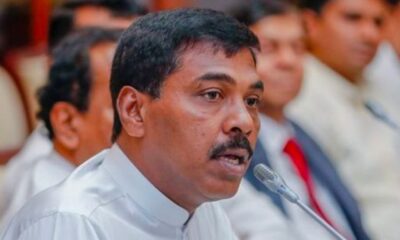
 News2 days ago
News2 days ago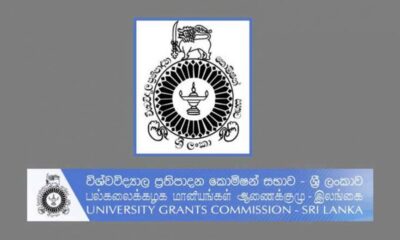
 News2 days ago
News2 days ago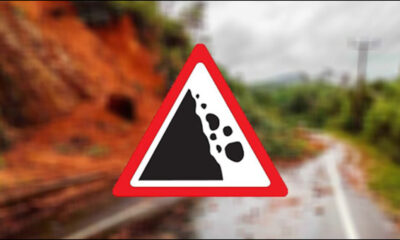
 News3 days ago
News3 days ago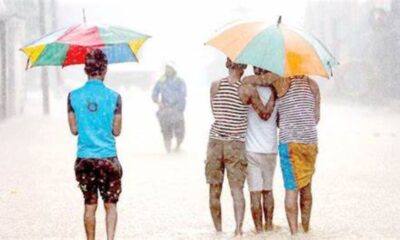
 News2 days ago
News2 days ago
 News2 days ago
News2 days ago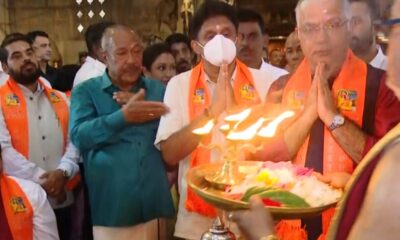
 News1 day ago
News1 day ago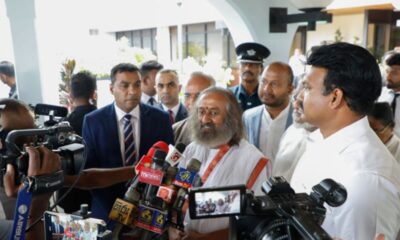
 News19 hours ago
News19 hours ago

